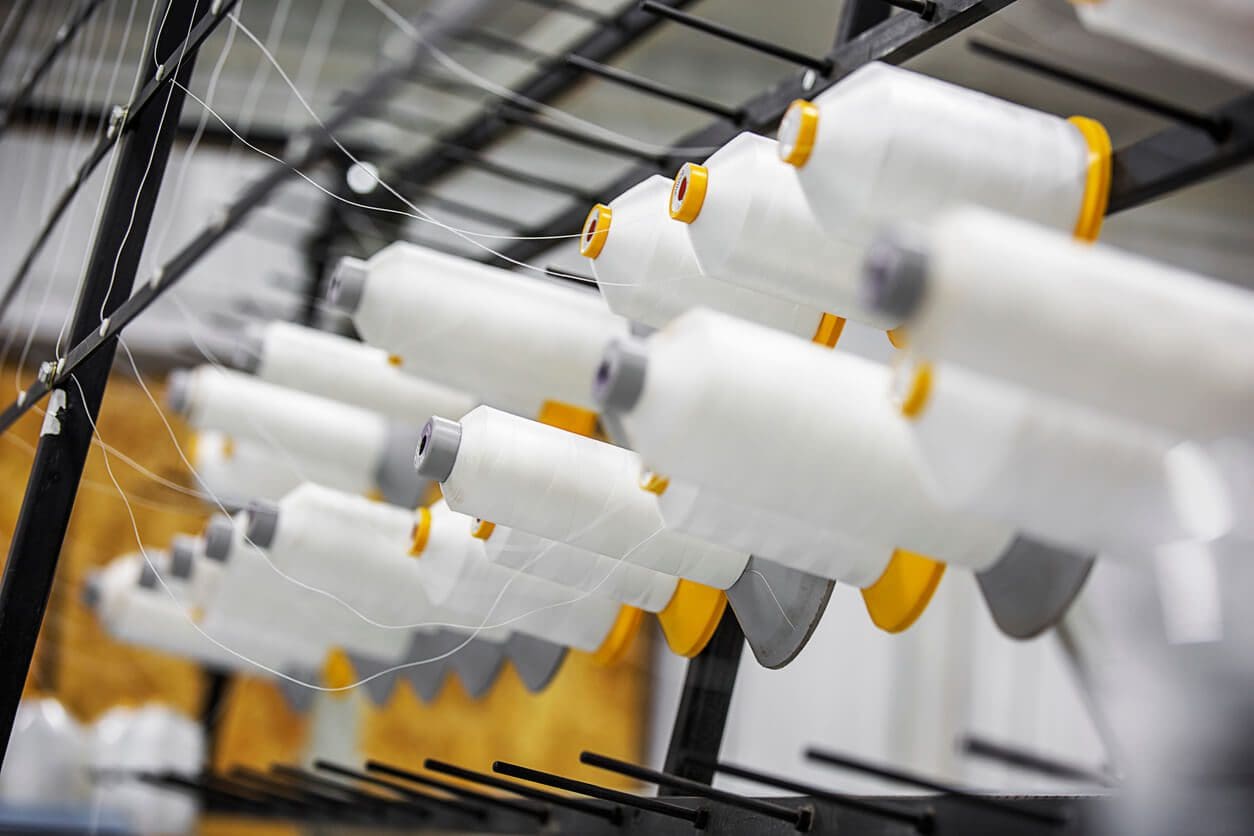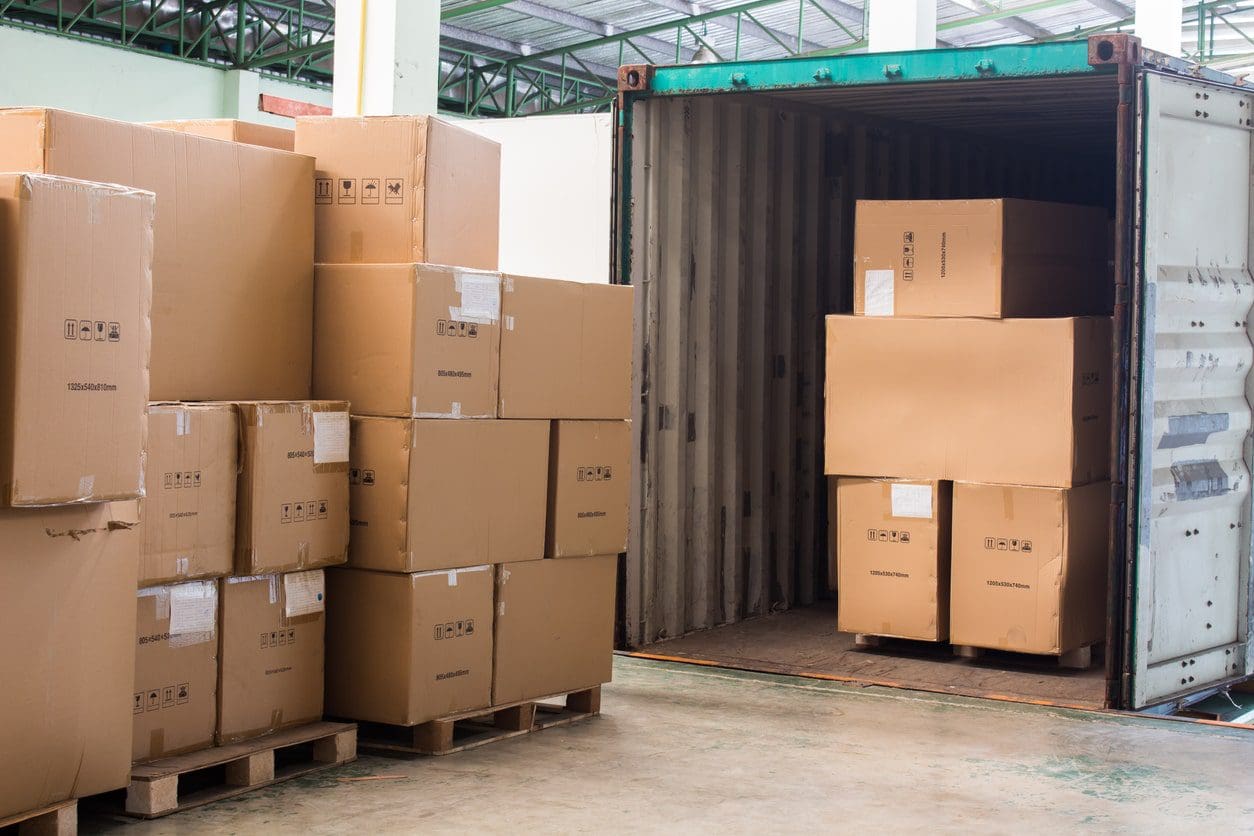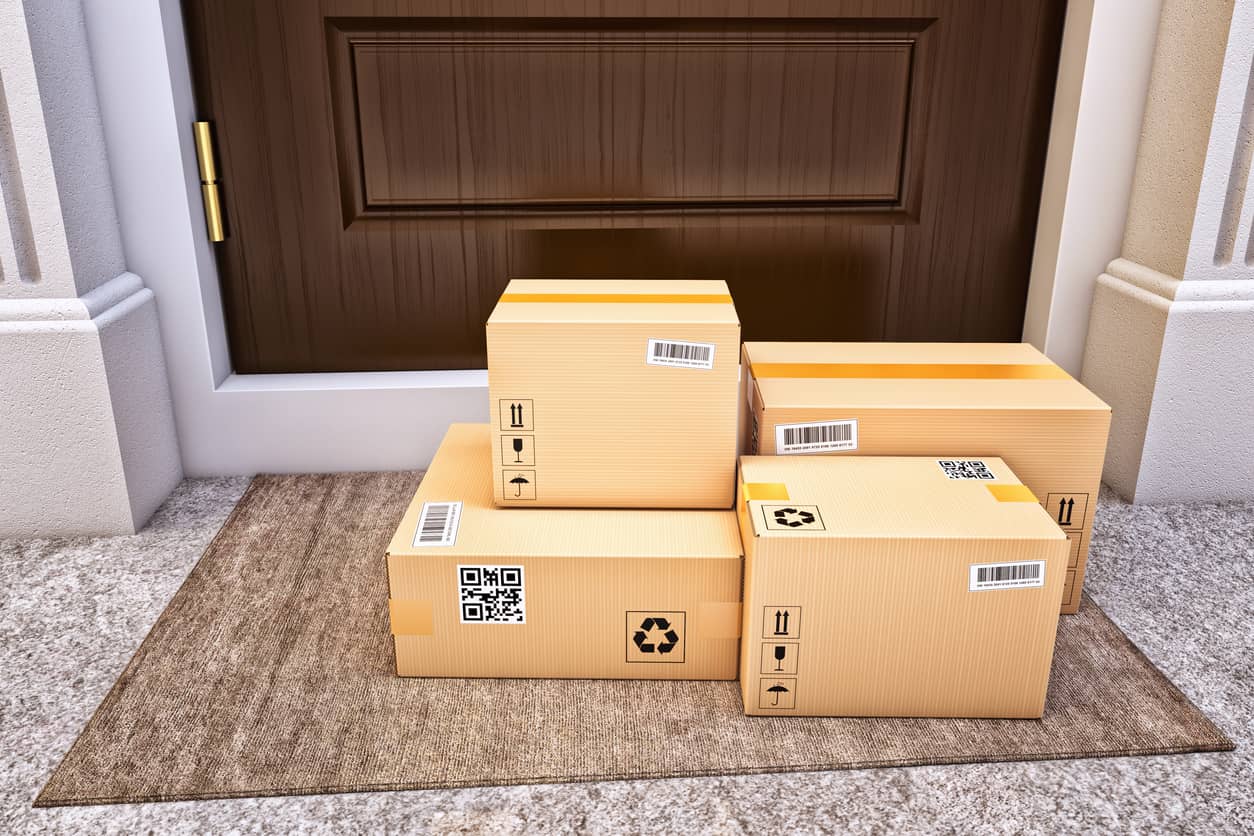We’ve previously highlighted the importance of a product specification sheet (PSS). A PSS aligns your expectations on the quality of your product with the quality of product produced by your manufacturing partner. Where a PSS establishes expectations on product specifications, a product inspection specification sheet (ISS) outlines how those product specifications will be tested.
An inspection specification sheet aligns your expectations on product usability and functionality.
How to use inspection specification sheets
Kickfurther recently helped manufacture a hot/cold water bottle. The PSS detailed the shape, logo, packaging, weight and materials. The product inspection specification sheet detailed the bottle’s functionality. The following were quality assurance tested for this water bottle.
- When assembled, the water bottle is filled with boiling water and cannot leak
- When assembled, the water bottle is filled with ice cold water and cannot leak
- When assembled, the water bottle is filled with ice cold water, emptied, and then filled with boiling water
Sounds straightforward, right? But you’d be surprised how many common uses of a product aren’t tested to ensure functionality if they aren’t specified. These listed tests form only a sample of the tests performed on the bottles to ensure the quality of their manufacturing.
Review your quality assurance testing with an ISS
We can’t offer direct recommendations on the tests you should conduct on your product without understanding what your product is, but an ISS is often formulated from the perspective of how the product is expected to be used. Tests should typically include the following.
- Test description – What will be done to the product? Filled, pushed, pulled, etc
- Test amplitude – How much of (1) will be done? For example, how much force will be applied, from what height will it be dropped?
- Test pass result – What result means the product passed the test? What margin of error is acceptable?
- Test fail result – What result means the product failed?
The benefit of these detailed tests is that not only will you know if there is an issue with your manufacturing process, the test results will often offer specific guidance on what product improvements should be prioritized.
Identify improvements & new product opportunities
Don’t wait to receive customer returns and or until after you’ve processed refunds to identify problems with product quality. For example, a detailed test report might reveal 25% of your production is failing on a leak test, and 10% is failing on a drop test. You would want to correct both, but you might be able to salvage a production run by just swapping out the rubber seal for your bottle. Looking into the future, the inspection offered guidance on future product development or provided ideas on how to update your product specification sheet for the quality of product you need.
Without a PSS and ISS, you’re at the mercy of your manufacturer’s mood. But, with a PSS and ISS in hand, you’re the master of your supply chain.









